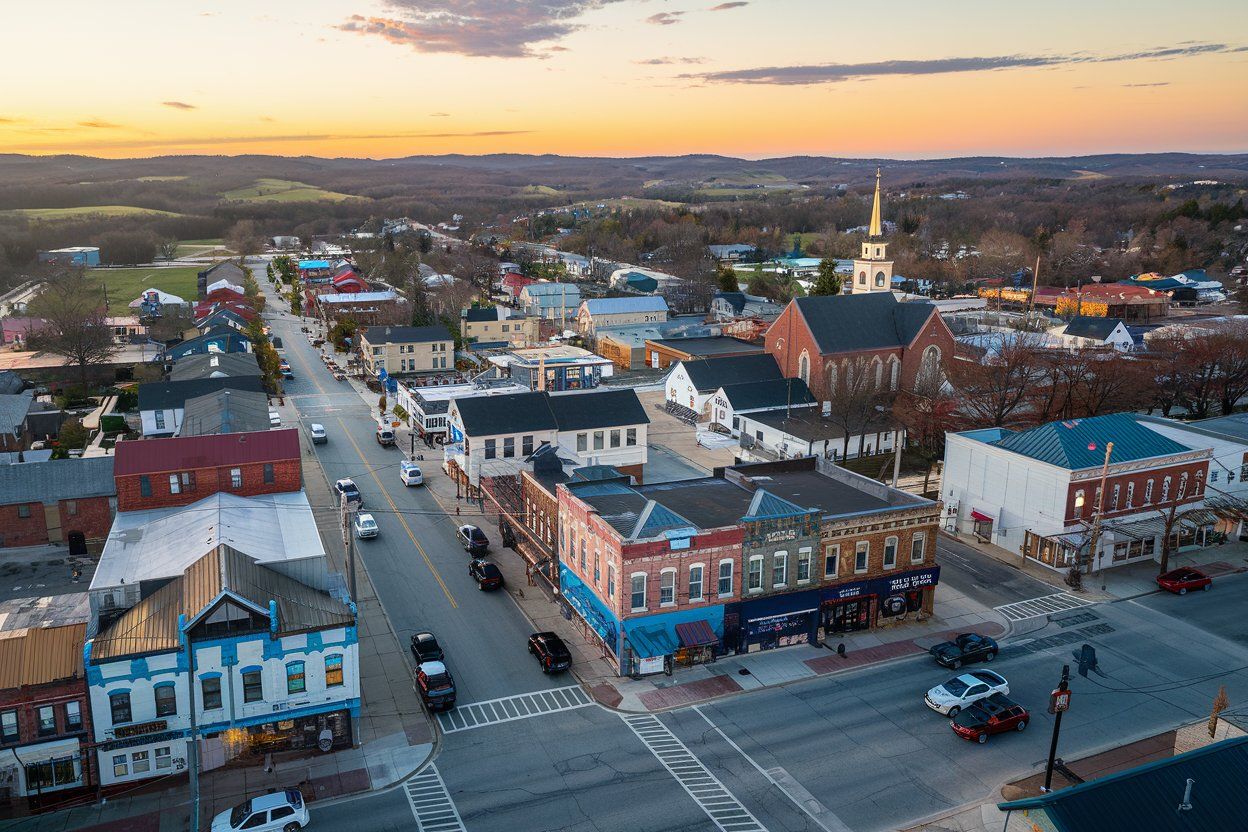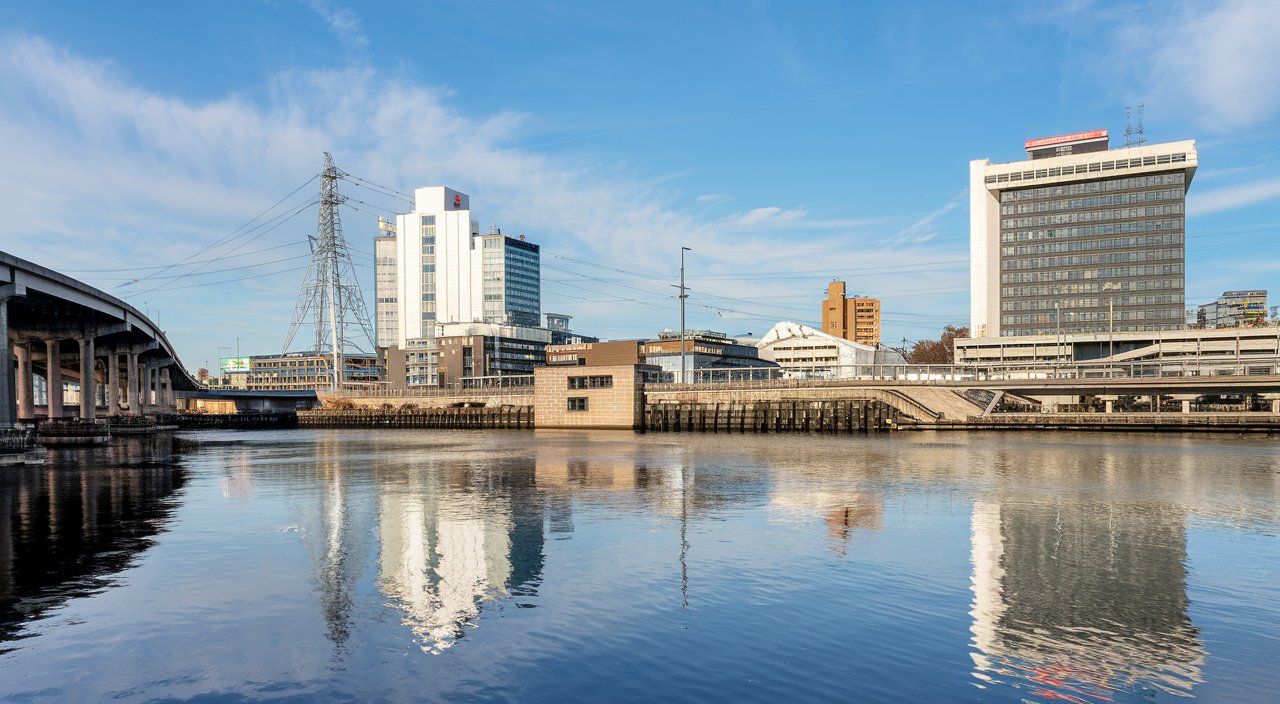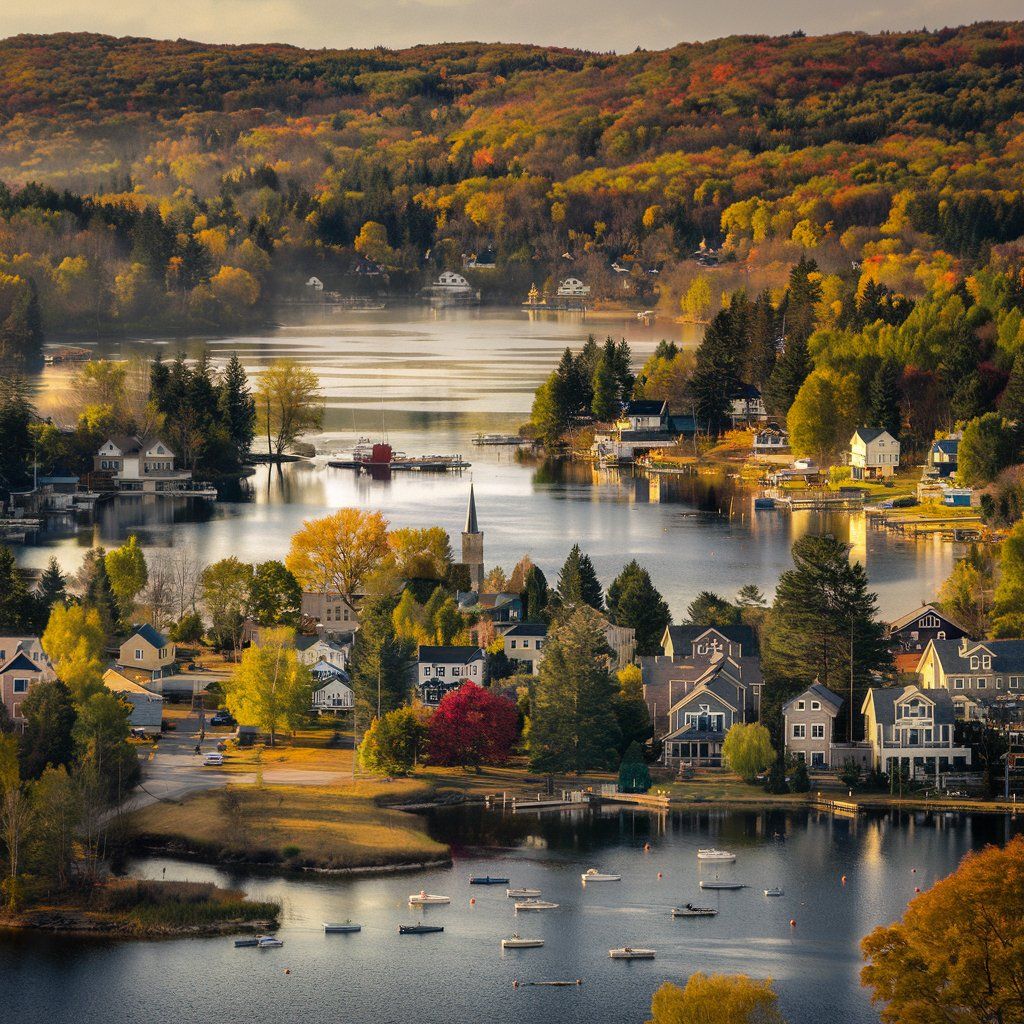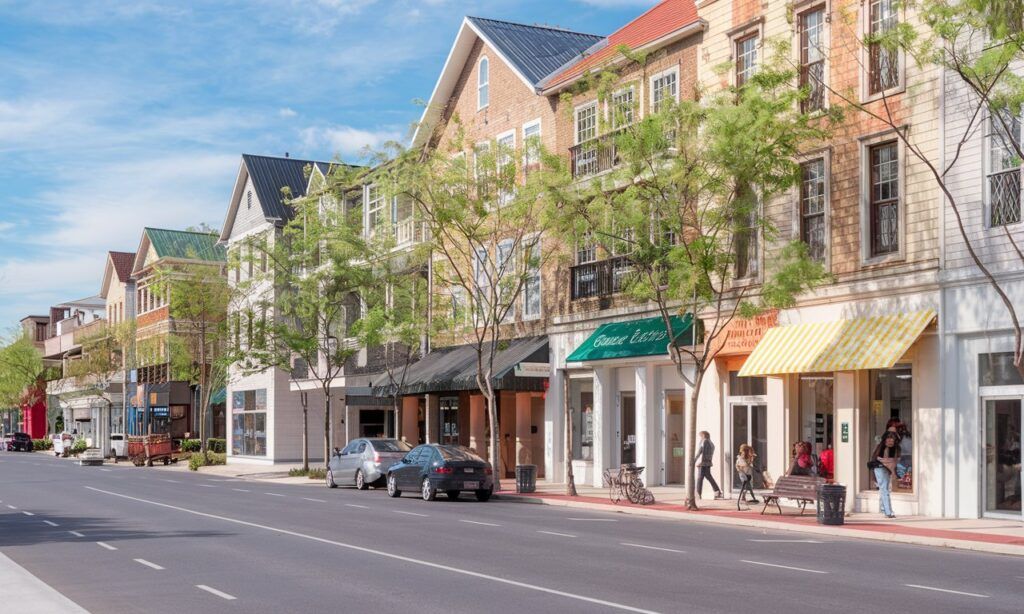
Darien, Connecticut is a gem nestled in Fairfield County‘s Gold Coast. This charming town offers a perfect blend of small-town charm and upscale living. With its picturesque shoreline and lush green spaces, Darien is a haven for those seeking a peaceful getaway. You’ll find plenty to do in this affluent suburban community. From relaxing at Weed Beach to exploring the town’s rich history at the Darien Historical Society.
The Darien Chamber of Commerce hosts events year-round, including the popular Chamber Jam in the fall, featuring live music and local food. Despite its small size, Darien packs a punch when it comes to dining and shopping. The downtown area boasts charming boutiques and top-notch restaurants.
Discover hand-picked hotels and vacation homes tailored for every traveler. Skip booking fees and secure your dream stay today with real-time availability!
Browse Accommodations Now
Nature lovers can enjoy hiking trails and bird watching at Woodland Park. Whether you’re looking for a day trip or a weekend escape, Darien offers a perfect blend of relaxation and activities for all types of travelers.
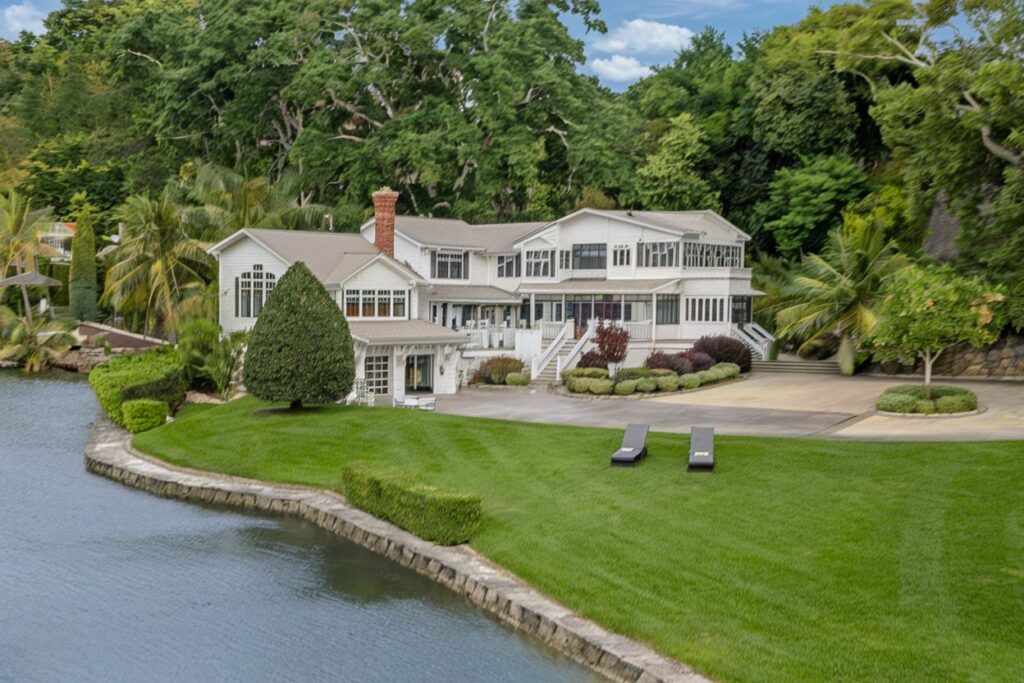
How to Get to Darien
Darien is easy to reach by various modes of transportation. You can drive to Darien using major highways like I-95 or the scenic Merritt Parkway. If you prefer public transit, take the New Haven Line train. It stops at Darien station, making your journey convenient and stress-free.
For those coming from farther away, fly into nearby airports. The closest options are:
- Westchester County Airport (HPN)
- LaGuardia Airport (LGA)
- John F. Kennedy International Airport (JFK)
From these airports, you can rent a car or use rideshare services to reach Darien. Boston Post Road, also known as U.S. Route 1, runs through Darien. This historic route offers a more leisurely drive with charming coastal views. Buses are another option for getting to Darien. They connect the town to nearby cities and towns in Connecticut. Remember to check traffic conditions before your trip, especially if you’re driving on I-95 or Merritt Parkway during rush hours.

What to See in Darien
Darien offers a mix of natural beauty and cultural attractions. You’ll find several beaches along Long Island Sound, perfect for relaxation or water activities. Weed Beach and Pear Tree Point Beach are popular spots for swimming and picnicking. Nature lovers will enjoy Cherry Lawn Park and Stony Brook Park. These green spaces provide walking trails and scenic views.
For a dose of culture, visit the Geary Gallery. It showcases works by local and regional artists. The Darien Nature Center offers educational programs and exhibits about local wildlife. It’s a great place for families. Bookworms will appreciate the Darien Library, known for its extensive collection and community events.
Foodies can explore the Corbin District, a new development with shops and restaurants. Try The Goose American Bistro and Bar for a tasty meal. Just a short drive away, you’ll find the Maritime Aquarium at Norwalk. It’s home to various marine animals and interactive exhibits. These attractions showcase Darien’s charm and make it a worthwhile destination for your Connecticut trip.
Read our articles on the best things to do in Darien, Connecticut and best restaurants in Darien, Connecticut for even more ideas!
Where to Stay in Darien
Read our article on hotels near Darien, Connecticut for the best options for your stay. Here’s a short list of some options:
- The Stamford Hotel
- Hilton Stamford Hotel & Executive Meeting Center
- Hyatt Regency Greenwich
- EVEN Hotel Norwalk, an IHG Hotel
If you’re looking to stay in a vacation home, apartment, BnB, or VRBO in Darien, Connecticut, we recommend you search on VRBO, Hotels.com, and Booking.com for up-to-date options.
History of Darien
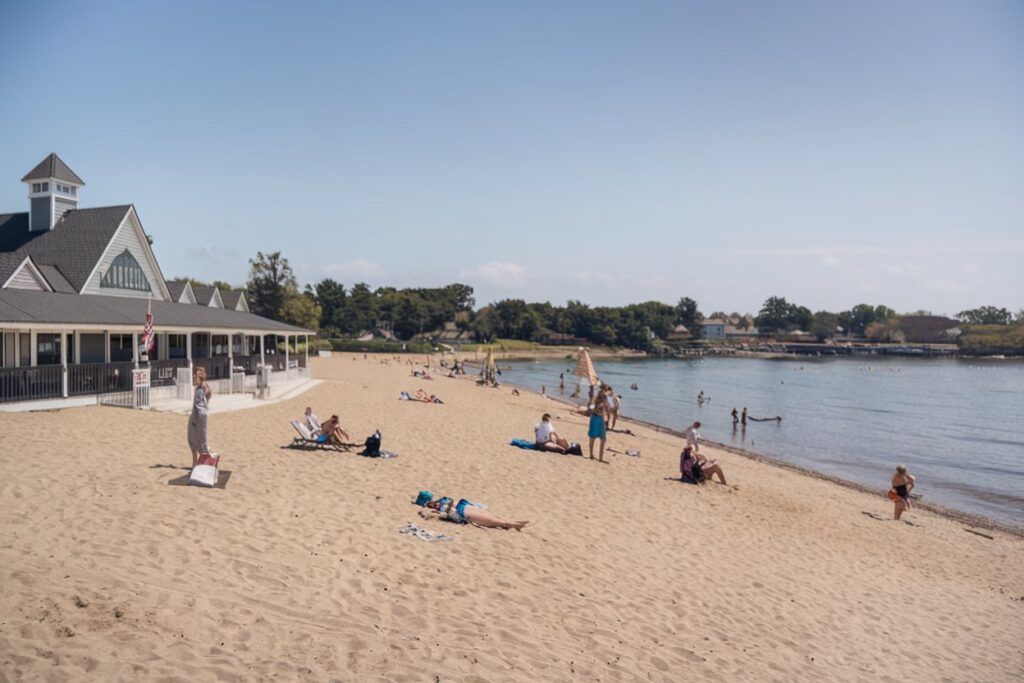
Darien’s history dates back to the early 18th century. The town began as a small farming community and grew into a vibrant suburban area. You’ll find traces of Darien’s past in its well-preserved historic buildings. The Pond-Weed House, built around 1700, is the oldest home in town. It’s a great example of saltbox architecture.
Darien’s growth was shaped by transportation. The town sits on the main route between Boston and New York City. In 1848, the railroad came to town, bringing new opportunities. The Darien Historical Society offers a glimpse into the town’s rich past. You can explore exhibits about early settlers and the town’s development. Another must-visit spot is the Mather Homestead. This historic house showcases 18th-century architecture and tells the story of the Mather family.
Darien became part of Connecticut’s “Gold Coast” in the 20th century. Wealthy families built summer homes here, changing the town’s character. Today, Darien is known for its excellent schools and active community. Its history is still visible in its charming town center and historic homes.
Towns Near Darien
Darien is surrounded by charming towns that offer unique experiences. Just a short drive away, you’ll find Stamford, a bustling city with a mix of urban and suburban vibes. It’s home to the beautiful Cove Island Park, perfect for a relaxing day out.
Norwalk, another nearby gem, boasts a rich maritime history. You can explore the South Norwalk Historic District, filled with quaint shops and restaurants. For a taste of small-town charm, head to New Canaan. This picturesque town is known for its scenic beauty and the stunning Waveny Park, a great spot for outdoor activities. If you’re up for a bigger adventure, New York City is just an hour away by train. The Big Apple offers world-class attractions, dining, and entertainment options.
These nearby towns make Darien an ideal base for exploring the diverse offerings of Fairfield County. Each destination provides a unique glimpse into Connecticut’s blend of history, culture, and natural beauty.
Find available hotels and vacation homes instantly. No fees, best rates guaranteed!
Check Availability Now


